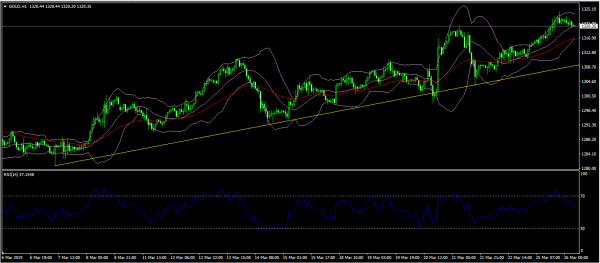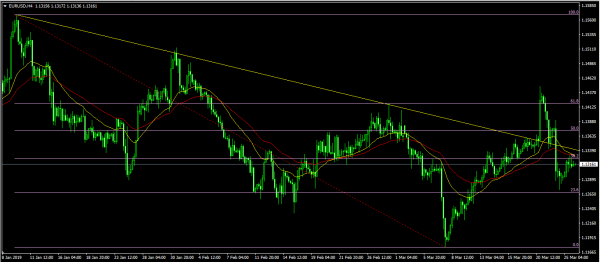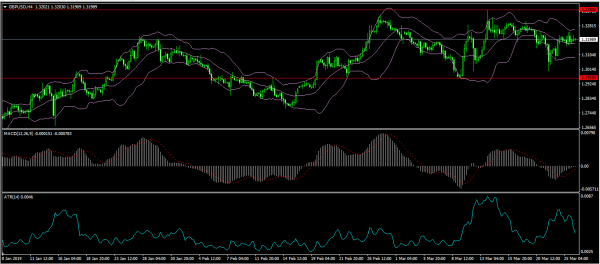The kiwi was little moved in today’s trading after New Zealand released its trade numbers and ahead of the interest rates decision by the central bank. The trade numbers showed that exports increased to N$4.82 billion, which was higher than the expected N$4.70 billion and the previous month’s N$4.33. Imports on the other hand declined to N$4.80 billion, which was lower than the consensus estimate of N$4.90 billion. As a result, the trade balance for February was N$12 million, higher than the expected deficit of N$200 million. These numbers are encouraging as the RBNZ meets to decide on the next interest rates decision.
Sterling remained relatively stable during overnight trading after the UK Parliament voted to take control of Brexit from Theresa May. In the vote yesterday, the government lost by 329 to 302, which is an indication of how difficult it is for a vote to pass before the deadline. In addition, three cabinet ministers voted against the government and resigned. The new vote gives hope to some pro-EU members, who remain confident that the government will negotiate a deal that leaves the UK closely aligned with the EU.
With regards to so-called ‘safe haven’ assets like gold and bonds, traders continued to worry about global growth. On Friday, the US treasuries yield inverted, which is often viewed as an indicator that a recession is on the way. Gold has rallied, pushing the yields to the lowest level in more than a year. The curve that inverted was for the three-month and ten-year treasuries.
XAU/USD
Gold was little moved in overnight trading after rallying for the past few days. The price is now at $1320, which is slightly lower than the high of $1324. On the hourly chart, the pair has been on an upward trend for the past two weeks, rising from a low of 1280. This price is along the middle line of the Bollinger Bands and above the 50-day moving averages. The RSI has dropped slightly from above 70 to the current 58. The pair will likely resume the upward trend as global growth risks continue.
EUR/USD
The EUR/USD pair stabilized after the sharp decline yesterday, when the pair fell from 1.1.1447 to a low of 1.1270. The pair is now trading at 1.1316, which is slightly above the diagonal trendline shown below. The pair is slightly below the 50-day and 25-day moving averages and along the 38.2% Fibonacci Retracement level. At this point, the pair will likely move in either direction as traders receive key data from Europe and the United States.
GBP/USD
The GBP/USD pair was little moved as Brexit uncertainties continued. The pair is now trading at 1.3200, which is in the middle line of the Bollinger Bands. The MACD on the other hand has moved to cross the zero line, while the Average True Range (ATR) indicator is moving lower. The pair will likely continue being volatile until a way forward on Brexit is found.
















